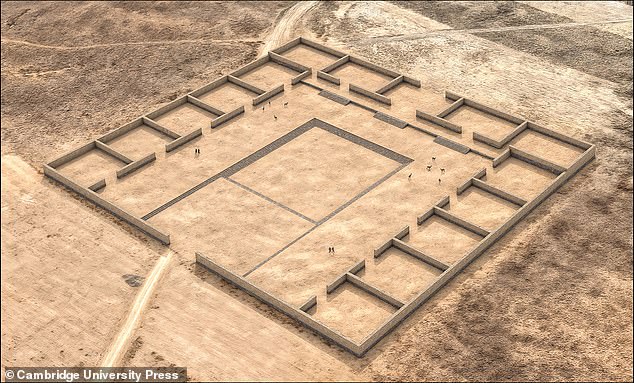
Ancient Mountain Temple Unearthed: Unveiling Secrets of a Civilization Lost a Millennium Ago
Ancient Tiwanaku Temple Uncovered in Andes Reveals Lost Civilization’s Secrets
Archaeologists have uncovered Palaspata, a 1,000-year-old stone temple built by the Tiwanaku civilization in the Bolivian Andes near Lake Titicaca. The discovery, made using satellite imagery and drones, sheds light on the strategic and cultural reach of one of South America’s most influential ancient societies.
A Strategic Hub of Power and Trade
Located 130 miles southeast of the iconic Tiwanaku heartland, the temple complex spans roughly a city block (410 x 476 feet) and features 15 rectangular enclosures arranged around a central courtyard. The layout aligns with the solar equinox, a key ritual marker for ancient Andean cultures. Dr. José Capriles, lead archaeologist, notes, “This was a strategic hub connecting highland and lowland trade routes—a crossroads for people, goods, and spiritual practices.”
[Image: 3D reconstruction of Palaspata’s towering red sandstone and white quartzite walls.]
The Tiwanaku civilization, which thrived from 500–1000 CE, was renowned for monumental architecture, advanced agriculture, and intricate art. Yet their society collapsed mysteriously before the Inca Empire rose. The newly found temple underscores their political expansion into eastern valleys to control trade networks.
Engineering Marvels and Daily Life
Stones weighing over 100 tons suggest highly organized labor, supporting theories that over 20,000 people lived nearby. Though now in ruins, the temple’s original design included a sunken ceremonial plaza and walls lined with red sandstone and white quartzite. Fragments of keru cups—used for drinking maize beer (chicha) during festivals—hint at its role as a social and economic center.
[Image: Carved sandstone blocks and pottery shards found at the site.]
Maize, critical for brewing chicha, was not grown locally but imported from Cochabamba valleys, highlighting Palaspata’s role in bridging regions. Excavations at nearby Ocotavi 1 revealed homes, tools, and elite burials with skull modifications, signaling social hierarchy.
Hidden in Plain Sight
Overlooked for centuries, the temple’s faint geometric patterns were spotted in satellite images. Drones and 3D imaging later confirmed its artificial origins. Carbon dating places its peak activity between 630–950 CE, aligning with Tiwanaku’s eastern expansion.
[Image: Aerial views revealing the temple’s hidden layout.]
Legacy Reclaimed
For the local Indigenous community, the discovery revives a forgotten heritage. “This site reaffirms our ancestors’ ingenuity,” said Caracollo Mayor Justo Ventura Guarayo. As researchers piece together Palaspata’s story, it offers new insights into Tiwanaku’s influence and the interconnectedness of ancient Andean civilizations.
In Brief
- Who: Tiwanaku civilization (500–1000 CE).
- What: Palaspata temple, a ceremonial and trade hub.
- Where: Near Lake Titicaca, Bolivia.
- Significance: Reveals Tiwanaku’s geographic reach, engineering prowess, and cultural practices.
[Image: Satellite overlay mapping the temple’s structure.]
This discovery not only enriches historical understanding but also empowers local communities to reclaim their ancestral legacy.


